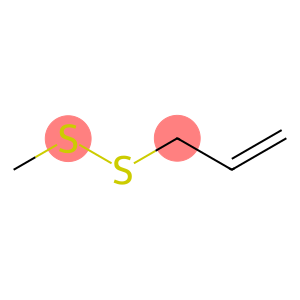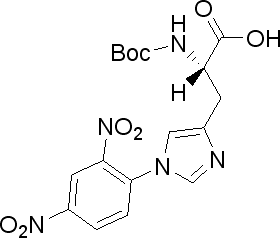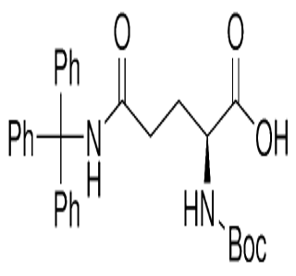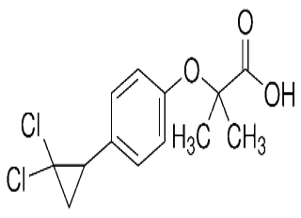Formic acid(CAS#64-18-6)
| Risk Codes | R23/24/25 – Toxic by inhalation, in contact with skin and if swallowed. R34 – Causes burns R40 – Limited evidence of a carcinogenic effect R43 – May cause sensitization by skin contact R35 – Causes severe burns R36/38 – Irritating to eyes and skin. R10 – Flammable |
| Safety Description | S36/37 – Wear suitable protective clothing and gloves. S45 – In case of accident or if you feel unwell, seek medical advice immediately (show the label whenever possible.) S26 – In case of contact with eyes, rinse immediately with plenty of water and seek medical advice. S23 – Do not breathe vapour. S36/37/39 – Wear suitable protective clothing, gloves and eye/face protection. |
| UN IDs | UN 1198 3/PG 3 |
| WGK Germany | 2 |
| RTECS | LP8925000 |
| FLUKA BRAND F CODES | 10 |
| TSCA | Yes |
| HS Code | 29151100 |
| Hazard Class | 8 |
| Packing Group | II |
| Toxicity | LD50 in mice (mg/kg): 1100 orally; 145 i.v. (Malorny) |
Introduction
formic acid) is a colorless liquid with a pungent odor. The following are the main properties of formic acid:
Physical properties: Formic acid is highly soluble and soluble in water and most organic solvents.
Chemical properties: Formic acid is a reducing agent that is easily oxidized to carbon dioxide and water. The compound reacts with a strong base to produce formate.
The main uses of formic acid are as follows:
As a disinfectant and preservative, formic acid can be used in the preparation of dyes and leather.
Formic acid can also be used as an ice melting agent and mite killer.
There are two main ways to prepare formic acid:
Traditional method: Distillation method to produce formic acid by partial oxidation of wood.
Modern method: formic acid is prepared by methanol oxidation.
Precautions for the safe use of formic acid are as follows:
Formic acid has a pungent odor and corrosive properties, so you should wear protective gloves and glasses when using it.
Avoid inhaling formic acid vapor or dust, and ensure good ventilation when using.
Formic acid can cause combustion and should be stored away from fire and flammable materials.








